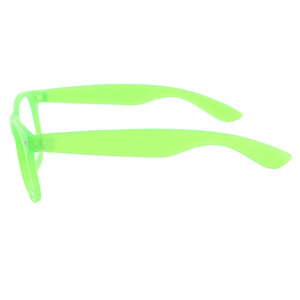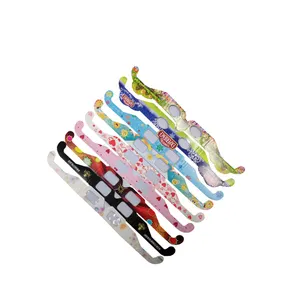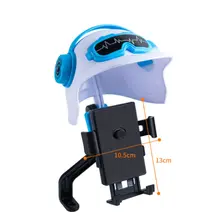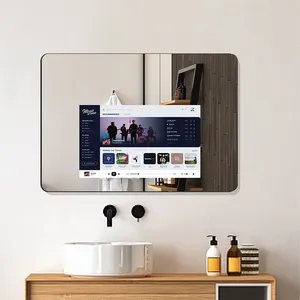TV glasses are types of eyewear used for television viewing. The technology used in the glasses varies, which influences how people use them. For example, the blue light TV filter glasses are meant to help with vision problems associated with watching television, such as eye strain, headaches, and dry eyes. They filter the damaging wavelengths of high-energy visible (HEV) blue light produced by screens to protect the viewer’s eyes. 3D glasses for TV are specialized eyewear designed to enable viewers to experience three-dimensional content on compatible televisions. They help create a more immersive and engaging visual experience. Smart glasses provide a hands-free and portable viewing experience by connecting users to various devices, including smart TVs, streaming devices, and smartphones. They incorporate features such as voice controls, touch-sensitive interfaces, or integrated audio systems. The choice of the TV glasses depends on desired outcomes and context.
Advantages of using TV glasses
Television glasses equipped with blue light filters alleviate discomfort and fatigue associated with extended viewing. TV glasses are convenient and flexible since they allow the viewer to multitask without being bound to the traditional television screen. Viewers can use the glasses’ control system to access and watch their favorite shows, documentaries, and movies without a remote. People with refractive errors such as nearsightedness and farsightedness use distance glasses for watching TV to achieve clear and focused vision. Others experiencing difficulties in seeing small print or details up close use magnifying glasses for watching TV to enlarge and clarify text or objects on the screen.
Investing in glasses for watching TV enhances personalized viewing. A smart glasses wearer can adjust settings, such as brightness, color saturation, or contrast levels, based on personal preferences. This can create a viewing environment that aligns with individual tastes. The immersive features in 3D TV glasses support stereoscopic imaging, which mimics how human vision perceives depth. This creates a more realistic and engaging visual experience that results in a heightened sense of presence and realism.
What to look for when buying TV glasses
Context is a major consideration when purchasing TV glasses. Viewers with vision problems such as nearsightedness, farsightedness, or astigmatism may require prescription TV glasses. Checking for compatibility ensures that the TV glasses are suitable for the television or device they are intended for use with. This is especially important since some glasses may be designed for specific brands or models. The glasses should be comfortable and fit. They should include adjustable settings for nose pads, lightweight frames, and ergonomic designs. The prices and features should provide good value. Finally, glasses for watching TV should have user-friendly controls and straightforward pairing processes that make them easy to set up and operate.










































 浙公网安备 33010002000092号
浙公网安备 33010002000092号 浙B2-20120091-4
浙B2-20120091-4